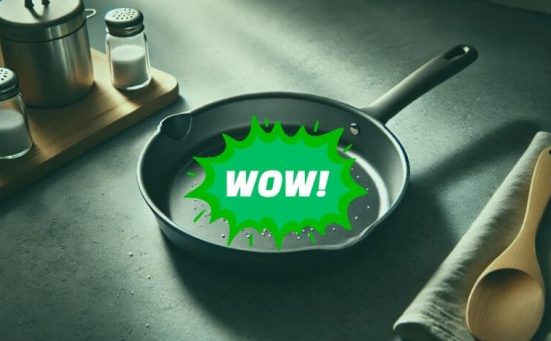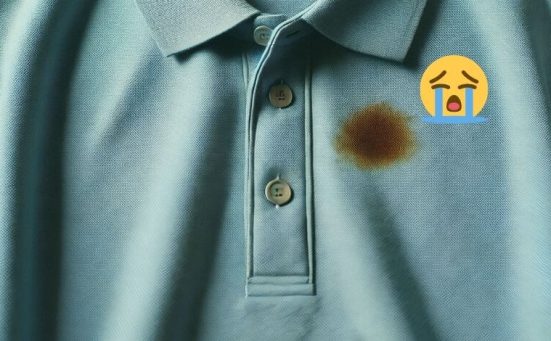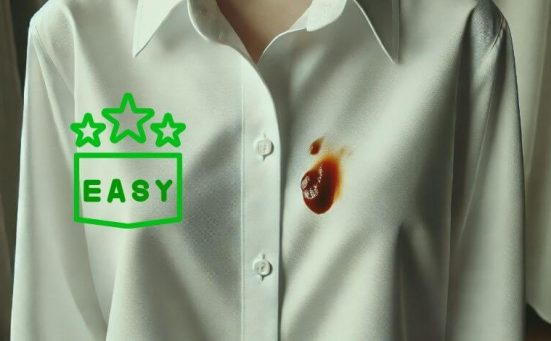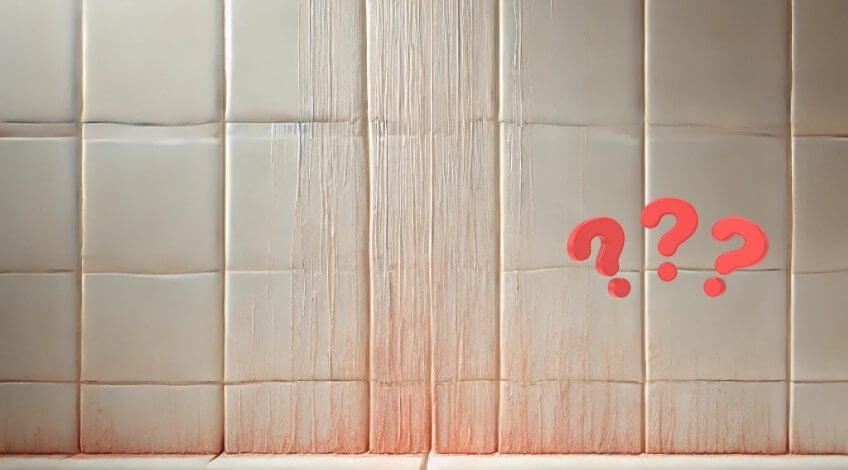
Why Your Shower Keeps Getting That Gross Pink Mould (And How to Fix It)
Noticed those weird pink streaks creeping along your shower walls? Don’t worry, you’re definitely not alone! This gross pink stuff seems to appear out of nowhere and keeps coming back no matter how often you clean.
Whether you’re a busy parent trying to keep your bathroom safe for little ones, stuck in an apartment with rubbish ventilation, or a first time homeowner still figuring out all this adulting stuff, we’ve got the lowdown on what that mysterious pink gunk actually is and how to get rid of it for good.
What Is That Pink Stuff In Your Shower?
Here’s something that might surprise you… that pink residue isn’t actually mould at all!
It’s a type of bacteria called Serratia marcescens. This airborne bacteria absolutely loves damp environments like your bathroom and grows by feeding on the minerals and fats found in soap scum, shampoo residue, and all those fancy body washes.
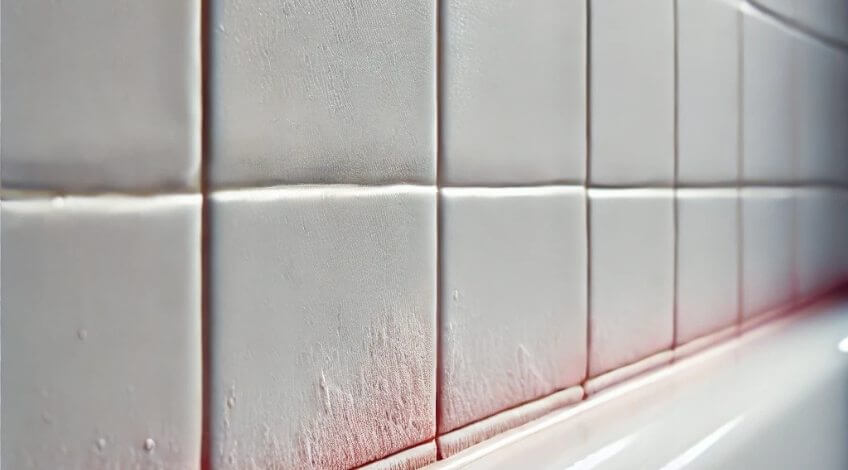
The good news? It’s mostly harmless to touch while showering or cleaning. In rare cases, it can cause infections through open wounds or eyes, but for most people, it’s more of an annoying eyesore than a serious health worry. Still, nobody wants bacteria growing in their shower!
How To Banish Pink Mould For Good
Shower Curtains And Liners
For parents with young children who love splashing about during bath time, keeping those shower curtains clean is absolutely essential:
- Mix equal parts water and bleach in a spray bottle
- Spray all pink spots on your shower curtain and liner (use colour safe cleaner like OxiClean for coloured curtains)
- Let it sit for 10 minutes
- Remove both curtain and liner and pop them in the washing machine
- Add your regular laundry detergent plus a tablespoon of bleach (for white curtains only)
- Hang to dry completely
Tip for busy parents: Keep a small spray bottle of the water/bleach solution handy for quick spot treatments between deep cleans! Because let’s be honest, who has time for a full bathroom scrub when the kids are running wild?
Shower Walls And Doors
For apartment dwellers dealing with small bathrooms that never seem to dry out properly:
- Make a cleaning paste with 1/4 cup of bicarbonate of soda and 1 tablespoon of washing up liquid
- Using a soft brush, apply the paste to the pink areas
- Gently scrub away the bacteria
- Rinse thoroughly
- Disinfect by spraying with equal parts bleach and water
- Let sit for 10 minutes
- Rinse again
- Dry completely with a towel or squeegee
Apartment hack: If your landlord won’t fix poor ventilation (and let’s face it, they probably won’t), grab a portable dehumidifier to reduce moisture levels in your bathroom. Your security deposit will thank you later!
Tile And Grout
First time homeowners often discover that grout is the absolute worst part of bathroom maintenance:
- Use the same bicarbonate of soda paste method described above
- For stubborn pink stains in grout lines, use an old toothbrush for precision scrubbing
- Disinfect with the bleach solution
- Rinse thoroughly
New homeowner tip: For natural stone tiles, be careful with bleach as it can damage them over time. Instead, seal your stone tiles regularly and keep them as dry as possible to prevent bacteria growth. Consider it part of your “I’m a responsible adult now” routine!
Prevention Is Better Than Cure!
The absolute best way to keep pink bacteria at bay is to make your bathroom a less friendly environment for it to grow in the first place.
Keep It Dry
Bacteria loves moisture like kids love making messes, so:
- Run your bathroom extractor fan during and for 20 minutes after every shower (perfect for apartment dwellers with ventilation issues)
- Open a window if possible to improve air circulation
- Use a squeegee to wipe down shower walls, doors and floors after each use (a small habit that makes a massive difference)
- Hang wet towels properly so they can dry completely (rather than leaving them bunched up on hooks)
Regular Cleaning Routine
For busy parents juggling multiple responsibilities:
- Wipe down shower walls weekly with a vinegar solution (one part white vinegar to four parts water)
- Clean shower curtains monthly
- Keep a microfibre cloth hanging in the shower for quick wipe downs
- Consider shower sprays that you can mist after each use to prevent soap scum build up
Tackle Soap Scum
Since the bacteria feeds on soap scum, eliminating it cuts off the food supply:
- Consider switching to liquid soap instead of bar soap (less residue)
- Rinse your shower thoroughly after use to wash away product residue
- Deep clean with the methods above at the first sign of pink staining
Quick Fixes For Common Problems
Problem: The pink keeps coming back despite regular cleaning
Solution: Your bathroom might be too humid. Consider a dehumidifier or improving ventilation.
Problem: You’re worried about using bleach around children
Solution: White vinegar is a child friendly alternative that kills the bacteria (though it may need more scrubbing power)
Problem: Grout keeps getting stained
Solution: After thoroughly cleaning, apply a grout sealer to create a protective barrier against moisture and bacteria
The Secret To Long Term Success
The key to keeping that pesky pink stuff away for good is consistency! Small, regular cleaning habits beat infrequent deep cleans every time.
Remember, a clean and dry bathroom isn’t just about looks, it creates a healthier environment for your family and protects your home investment by preventing damage from persistent moisture.
By understanding what causes that unsightly pink bacteria and implementing these simple prevention and cleaning techniques, you’ll be able to maintain a sparkling, healthy shower that you’re happy to step into every morning!
If this helped you, share it with someone who keeps asking why their shower looks like a strawberry milkshake. And if you’re finally free from the pink slime, tell us what worked best for you in the comments!
SEE ALSO: The “Pre-Bed Tidy” Routine That Will Change Your Life (And Your Mornings!)
Also, follow us on Pinterest ...

